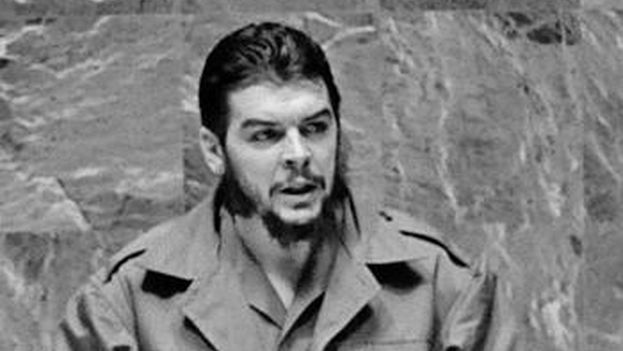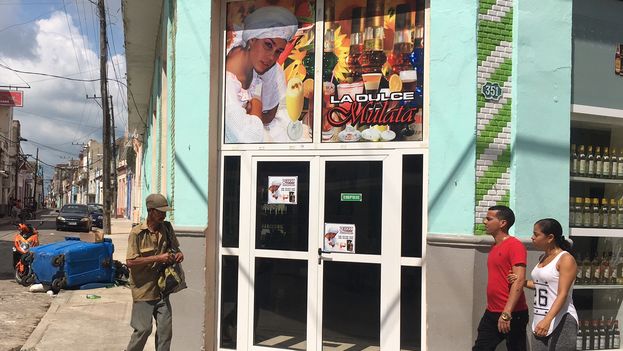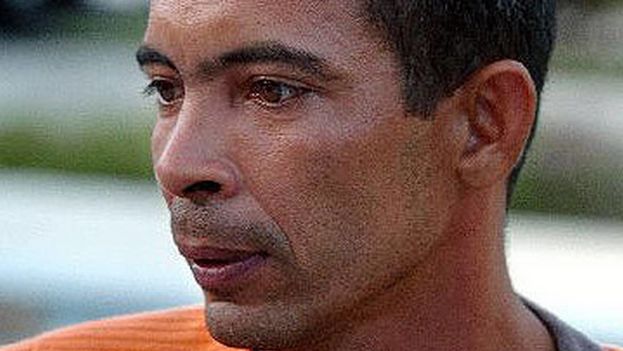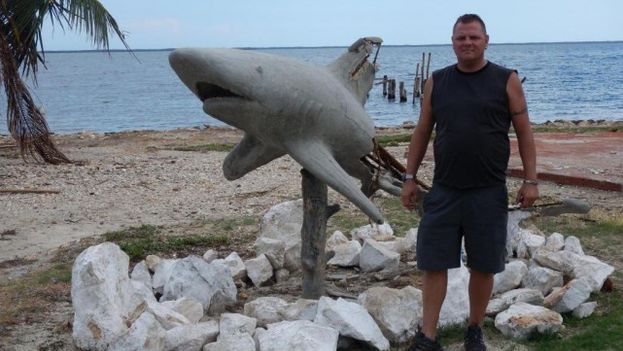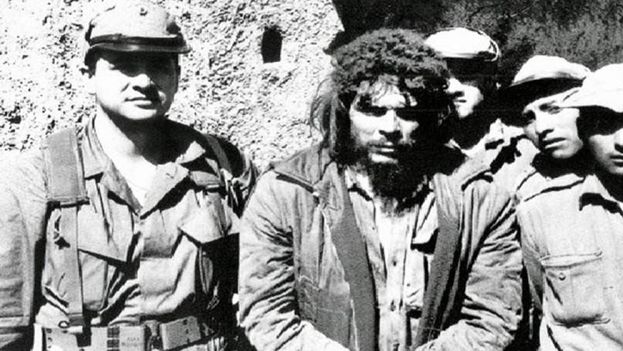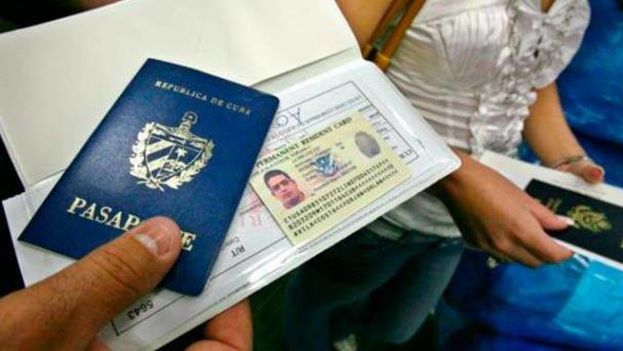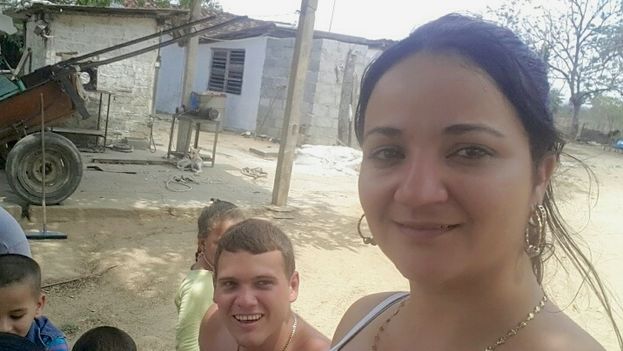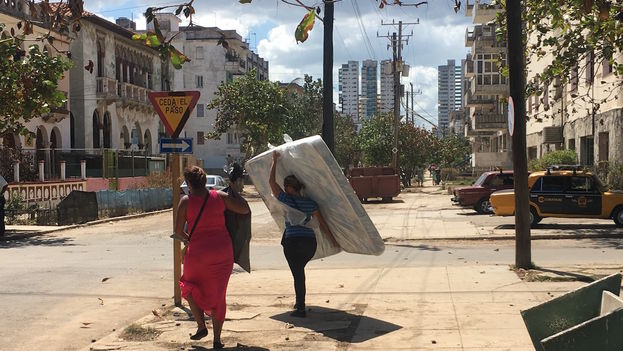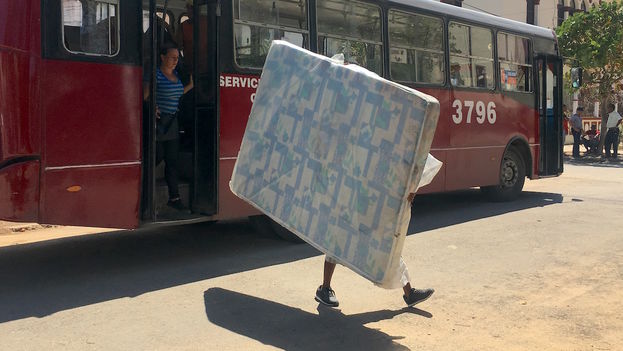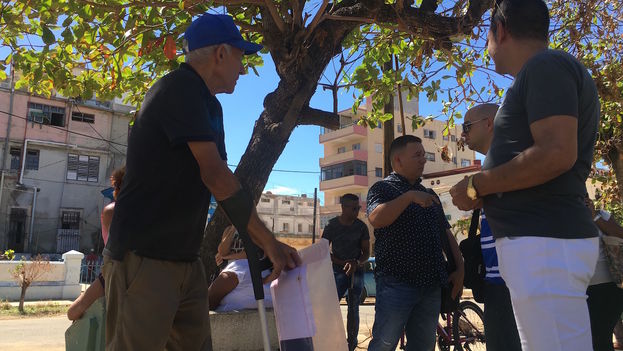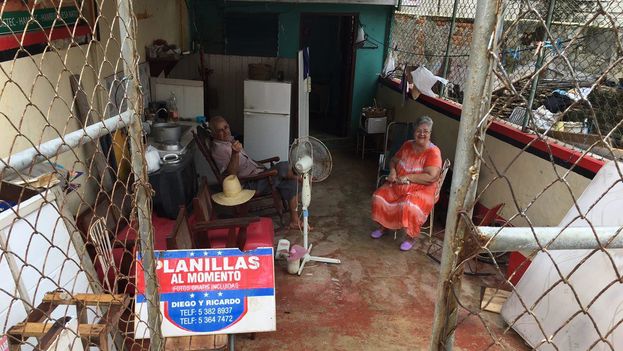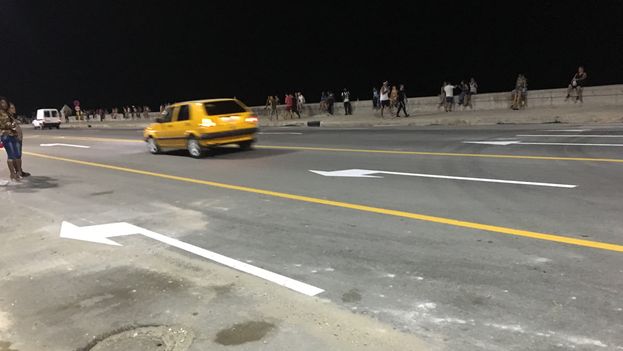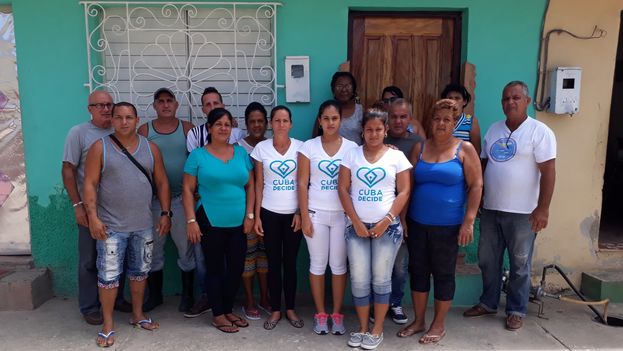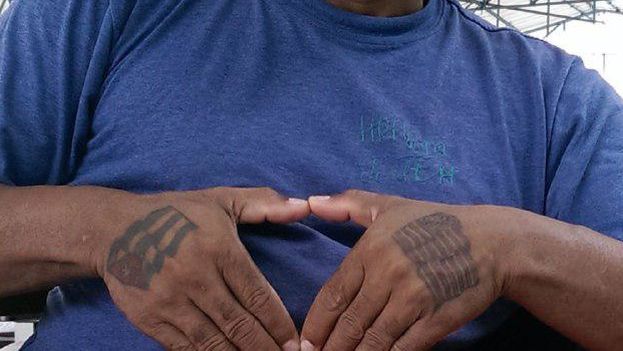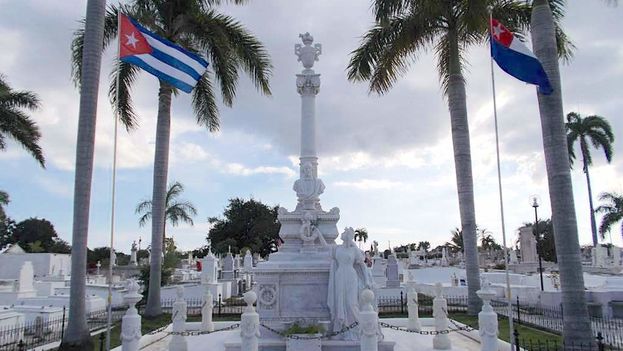
![]() 14ymedio, Luz Escobar, Havana, 9 October 2017 – Months ago, surrounded by strict discretion, the remains of Carlos Manuel de Céspedes and Mariana Grajales were exhumed in the Santa Ifigenia cemetery in Santiago de Cuba. The operation was led by the same specialist who, two decades ago, led the search for the remains of Ernesto Che Guevara in Bolivia.
14ymedio, Luz Escobar, Havana, 9 October 2017 – Months ago, surrounded by strict discretion, the remains of Carlos Manuel de Céspedes and Mariana Grajales were exhumed in the Santa Ifigenia cemetery in Santiago de Cuba. The operation was led by the same specialist who, two decades ago, led the search for the remains of Ernesto Che Guevara in Bolivia.
This time the task was easier because there was no need to travel to other latitudes. All it took was opening the tombs of the Father of the Fatherland and the mother of General Antonio Maceo, dismantling the pantheons in which both were buried, and moving the sepulchers to within a few yards of the place where former Cuban president Fidel Castro lies.
This Tuesday, they will repose in the new location after a military ceremony with more than 350 guests, although several descendants told 14ymedio that they were not consulted about the move and several ecclesiastical sources lament that no one was allowed to offer a funeral oration during the extraction of their bodies. continue reading
A brief note appearing Saturday in the local weekly Sierra Maestra was the first public notice that the remains of Céspedes and Grajales were not in their traditional graves where they were assumed to have found “eternal rest.”
On Monday, four short paragraphs published in the newspaper Granma also referred to the upcoming interment, which many expect to be attended by Raul Castro, who participated this Sunday in the official commemoration of the 50th anniversary of the death of Ernesto Guevara.
A neighbor of Santiago cemetery told 14ymedio that entrance to the area where the two patriots were previously buried was forbidden. “For months you haven’t been able to go there,” he said. “That entire part of the cemetery is cordoned off with a tape that forbids access.”
Both the newspaper Granma and the Sierra Maestra said that the transfer of the tombs was carried out in the interest of facilitating “in the future, that the Cuban people and foreign visitors can pay tribute to both [Grajales and Céspedes] in a more expeditious way.”
Each tourist must buy a ticket for 3 Cuban convertible pesos (CUC) to enter the graveyard. The cemetery of Santa Ifigenia has experienced an increase in visitors in the last year since the arrival of the ashes of Castro, after his death on 25 November.
The place has become an obligatory point of pilgrimage for left-wing militants from all over the world and is also included in tourist agencies tours that promise to introduce their clients to Santiago de Cuba, “the most important city in eastern Cuba.”
The remains of Grajales arrived in the cemetery of Santiago de Cuba three decades after his death in Kingston, Jamaica, on November 27, 1893. The first stone of the monument to Céspedes was placed in October 1909 and his body was placed in the tomb almost one year later.
Granma, the official organ of the Communist Party, highlighted in its note Monday that Grajales and Céspedes will also be closer to the funeral mausoleum of José Martí, the most important grave in the cemetery, and a few yards from the site of the monument that contains the ashes of Castro.
The new position, however, is surrounded by intense controversy over the lack of public information, the non-observance of Christian rituals that the exhumation of two consummate Catholics would merit, and the high cost of the move in the midst of the country’s economic crisis.
Oscar Márquez, chancellor of the archdiocese of Santiago de Cuba, said via telephone to this newspaper that the authorities had not previously informed the Church about the exhumation of the remains, nor about the weeks during which they remained unburied before being reinterred.
“Here everyone thinks their own way and those who have done this think in one way… they decided not to tell us,” explains the priest with an enigmatic touch. “No, there has been nothing, no information about the fact that the pantheons would be opened,” says the chancellor when asked if there was any official message.
Manuel Hilario de Céspedes y García-Menocal, bishop of Matanzas and a descendant of the Father of the Fatherland, says he did not know anything about the exhumation of the remains of his ancestor, who died in 1874 at the San Lorenzo de la Sierra Maestra estate, four months after having been stripped of his role as President of the Republic in Arms.
Nor did a descendant of Maceo, who lives in Havana and asked for anonymity, recall being informed of a possible change in the site of his tomb.
Yudy Garcia Delis, administrator of Santa Ifigenia, informed this newspaper that the exhumation of the remains of Carlos Manuel de Céspedes and Mariana Grajales occurred four months ago. “On 27 June they took Cespedes and a few days later Mariana, although I can not specify the exact day.”
A team of the Department of Legal Medicine led by Jorge Gonzalez, current director of Medical Education at the Ministry of Public Health and the person who headed the mission to locate the body of Ernesto Guevara and bring him to Cuba for the 30th anniversary of his death, was in charge of opening the sepulchers of these heroes of independence and extracting the remains.
Gonzalez, an firm supporter of the government and deputy to the National Assembly, has been embroiled in several controversies surrounding the authenticity of his findings in Vallegrande to find Guevara. The research has been charged with being imprecise and carried out more in search of a political effect than a scientific proof.
Garcia Delis is reluctant to say where Grajales and Céspedes have been being kept until today. “They are in a place that I cannot reveal,” he says, although he minimizes the secrecy on the grounds that they are “well guarded.”
This Tuesday the mystery is revealed. Carlos Manuel de Céspedes, the man who started the war for Cuban independence, and Mariana Grajales, the matron of a family of patriots, will be resting in a new location. Until the whim of the next power determines otherwise.

